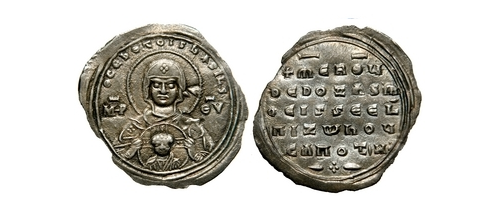Paul Graham, whose writing I always enjoy, just posted a new piece about publishing and, to a degree, the structure of markets for content. I want to zoom in on one point:
What about iTunes? Doesn’t that show people will pay for content? Well, not really. iTunes is more of a tollbooth than a store. Apple controls the default path onto the iPod. They offer a convenient list of songs, and whenever you choose one they ding your credit card for a small amount, just below the threshold of attention. Basically, iTunes makes money by taxing people, not selling them stuff. You can only do that if you own the channel, and even then you don’t make much from it, because a toll has to be ignorable to work. Once a toll becomes painful, people start to find ways around it, and that’s pretty easy with digital content.
I think this is a cheat—aren’t all stores just tollbooths, then? You never buy goods at cost. There’s a markup, a tax, associated with the aggregation, the curation, the experience. This is as true for a grocery store as it is for iTunes and the App Store. And you can see Graham’s anti-iTunes argument sort of fuzz out as the paragraph proceeds: It starts very specific, then breaks down into a restatement of that old information-wants-to-be-free digital determinism.
But that’s not the point I want to make. Rather, it’s that almost all of this discussion—not just Graham’s, but the broader conversation it’s part of—tends to operate from one of two extreme points of view: either that of the consumer (who wants convenience and economy) or that of the company (which wants big profits, or at least a business model). I find myself wanting—sort of desperately wanting—to hear from a different group: the creators.
And, this is as much of a surprise to me as anybody else, but finding myself more and more in that position—the position of somebody who wants to make content, and make money from that content—I see the Kindle Store and the App Store and I say: thank you.
Now listen, I understand all of the problems. I just got into another round of the iPhone: Is It Evil? conversation last night. (Our conclusion, same as always: yes, a little bit.) But if it’s not yet what we want it to be, at least it moves us in the right direction. In iTunes and the App Store, an individual creator can make something and offer it to the world for a small sum, and people will actually take her up on it. I wish that wasn’t so revolutionary… but it is!
Trust me, I get the argument for free. I love Kevin Kelly’s strategies for selling stuff in the age of command-D. Ransom model, hello?
But at the same time, I don’t want to give up on selling stuff quite yet. I don’t think the central lesson of the App Store is that people will suffer a tax if it’s small enough. Rather, I think it’s that people are happy to pay for things if it’s easy enough. And that’s especially true when those things aren’t the products of Super Amalgamated Content LLC, but rather of Indie Content Haus, or better yet, of your friend Matt.
If that’s true, then Paul Graham’s argument about iTunes leads us in the wrong direction. Digital determinism says it’s a tax, a toll booth, a tortured construct that denies the essential nature of digital content. Pragmatism says—without denying that there’s room for improvement—that it’s a joy, a gift, an opportunity engine.
Now, a question you could ask is this: Why isn’t iTunes proper—the music and video part—more like the App Store? The former is open to indies, but still dominated by big corporate media. The latter is open to big corporations, but dominated (so far) by indies. What’s different? How might you splice some of the App Store’s indie vigor into iTunes proper?
I think one strategy—which doesn’t really answer my question above—is to start thinking hard about how to blur the lines between software and content, and get some “content experience apps” (I promise never to type that again) into the App Store. (Paul Graham ends up saying something similar.) For whatever reason, as a market, it’s working for creators. So maybe it’s simply where creators—of many kinds—ought to go.


